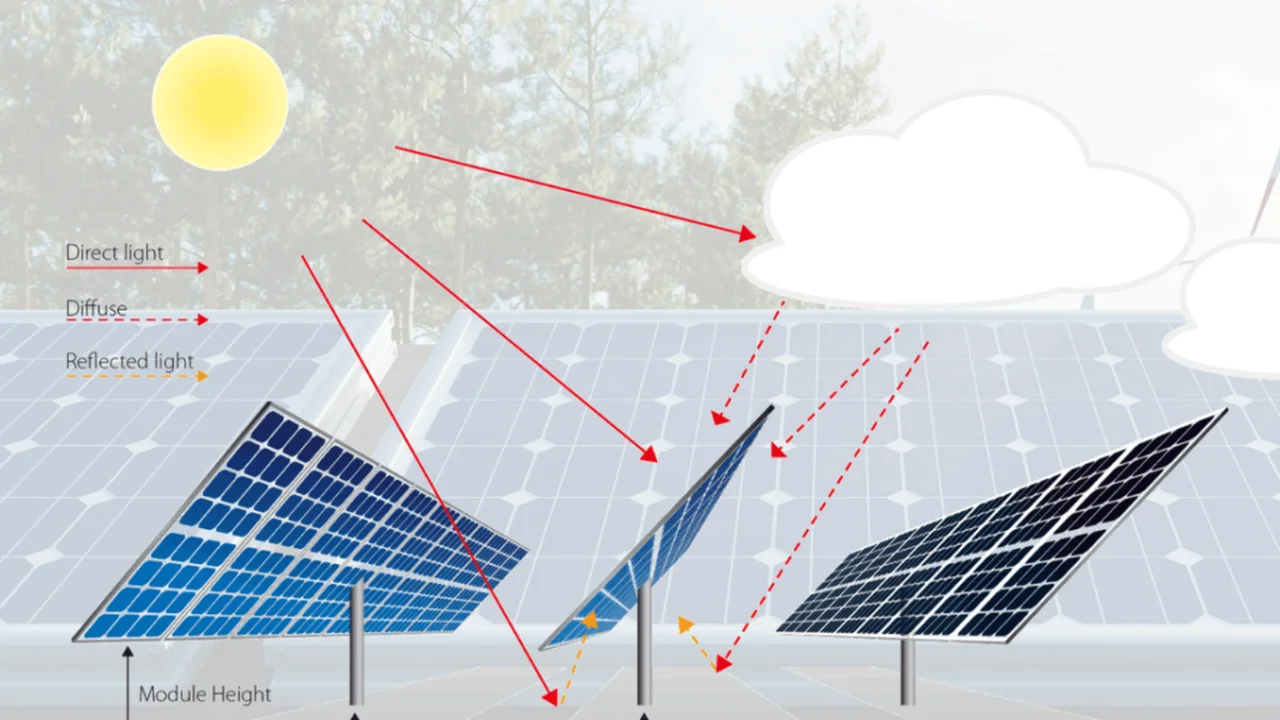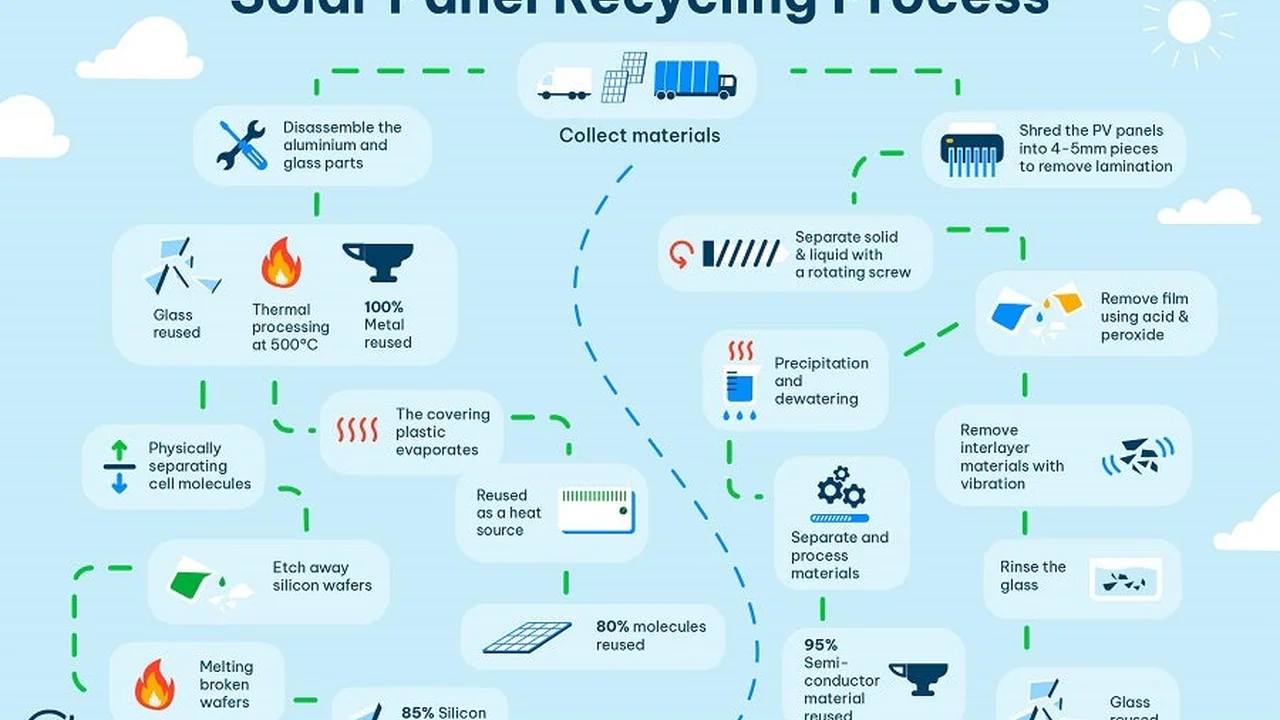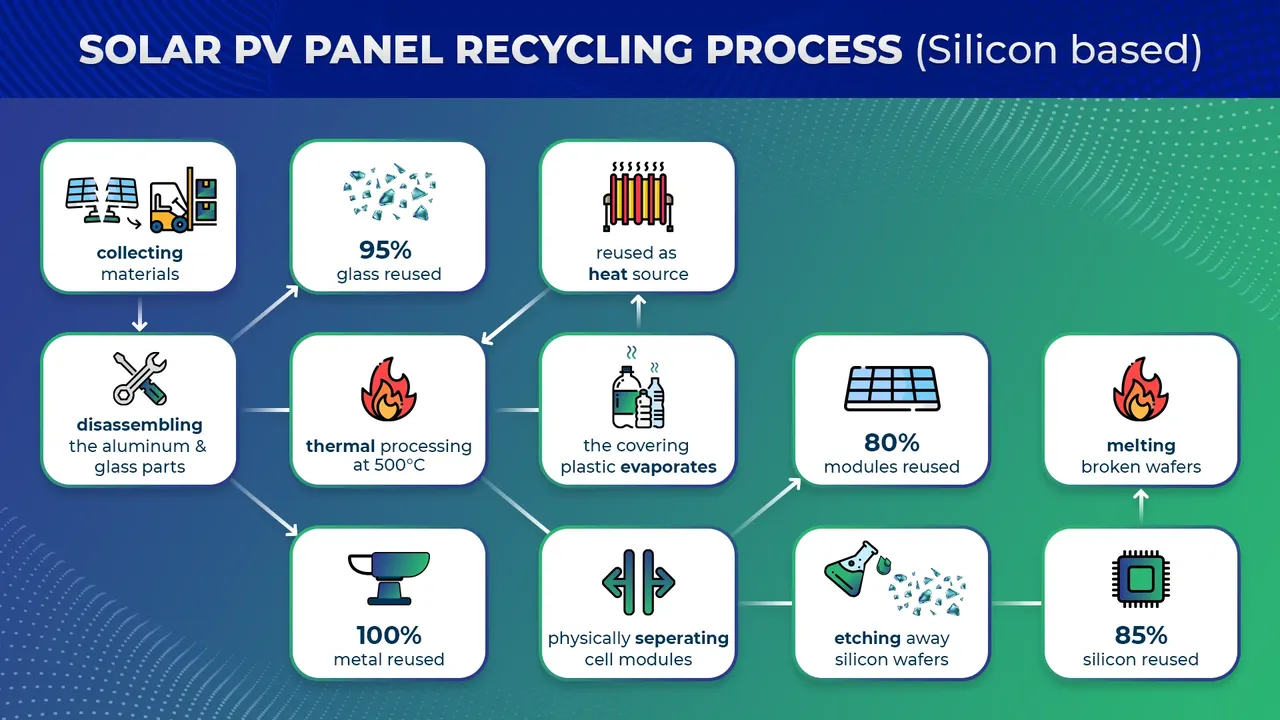Solar Panel Angle and Orientation: Optimizing Sun Exposure

Understanding Solar Panel Angle The Key to Maximum Energy Capture
Alright, let's talk about solar panel angles. It's not just slapping a panel on your roof and hoping for the best. The angle at which your solar panels are tilted plays a HUGE role in how much sunlight they actually soak up. Think about it – the sun moves across the sky throughout the day and changes its position throughout the year. You want your panels to be perfectly positioned to grab those rays.
The ideal angle depends on your latitude. Generally, you can use your latitude as a starting point. For example, if you live at 40 degrees latitude, a good starting point is a tilt angle of around 40 degrees. But that's just a baseline. We need to fine-tune it!
Think of it like this: during the summer, the sun is higher in the sky. So, you might want to slightly decrease the tilt angle to catch more direct sunlight. In the winter, the sun is lower, so you’ll want to increase the angle. Some people even adjust their panel angles seasonally for optimal performance. Pretty cool, right?
Solar Panel Orientation Finding Your True South (or North!)
Okay, angle is one piece of the puzzle, but orientation is just as vital. Orientation refers to the direction your solar panels are facing. In the Northern Hemisphere, the best orientation is generally due south. That's because the sun tracks across the southern sky throughout the day. In the Southern Hemisphere, you’re aiming for due north.
But here's the catch: not everyone has a perfectly south-facing roof! Don't despair. Even if your roof faces slightly east or west, you can still get decent solar production. The further you deviate from true south (or north), the more your energy output will be affected. East-facing panels will generate more power in the morning, while west-facing panels will peak in the afternoon.
Trees, buildings, or other obstructions can also cast shadows on your panels, significantly reducing their performance. A good solar installer will conduct a site survey to assess shading and recommend the best panel placement to maximize sun exposure.
Seasonal Adjustments and Solar Panel Tilt Angles for Peak Performance
As mentioned before, the sun's position changes throughout the year. This means your ideal solar panel tilt angle will also change. For maximum energy production, consider adjusting your panel angle seasonally.
A simple rule of thumb is:
* **Summer:** Latitude minus 15 degrees. * **Winter:** Latitude plus 15 degrees. * **Spring/Fall:** Your latitude.Adjusting your panels seasonally will give you a nice boost in energy production, particularly during the winter months when sunlight is scarce.
Solar Panel Mounting Systems Adjustable Racks for Optimal Positioning
Now, how do you actually *adjust* your solar panel angle? That's where mounting systems come in! There are a variety of mounting systems available, some of which are designed to be adjustable. These adjustable racks allow you to easily change the tilt angle of your panels to optimize sun exposure throughout the year.
Some systems are manually adjustable, requiring you to loosen bolts and physically tilt the panels. Others are automated, using sensors and motors to automatically track the sun's movement. Automated systems are more expensive but can provide even greater energy production.
When choosing a mounting system, consider the following:
* **Durability:** Make sure the system is built to withstand wind, snow, and other weather conditions. * **Adjustability:** Choose a system that allows for easy angle adjustments. * **Compatibility:** Ensure the system is compatible with your solar panels and roof type. * **Cost:** Factor in the cost of the mounting system when calculating your overall solar panel system cost.The Impact of Shading on Solar Panel Energy Production Minimizing Obstructions
Shading is the enemy of solar panel efficiency! Even partial shading can significantly reduce the amount of energy your panels produce. A single shaded cell can drag down the performance of the entire panel. That’s why it's crucial to minimize shading as much as possible.
Before installing solar panels, carefully assess your site for potential shading issues. Trees, buildings, chimneys, and even power lines can cast shadows on your panels. If possible, trim trees or relocate obstructions to minimize shading. If shading is unavoidable, consider using microinverters or power optimizers. These devices maximize the energy output of each individual panel, mitigating the impact of shading.
Solar Panel Orientation and Roof Pitch Considerations for Optimal Installation
Your roof pitch (the slope of your roof) can also impact the ideal orientation of your solar panels. If your roof pitch is relatively low, you may be able to achieve optimal orientation simply by mounting the panels directly on the roof. However, if your roof pitch is steep, you may need to use a special mounting system to tilt the panels at the correct angle.
For example, if your roof faces east or west with a steep pitch, you might need to use a tilted mounting system to angle the panels towards the south (or north, in the Southern Hemisphere). A qualified solar installer can assess your roof pitch and recommend the best mounting solution for your situation.
Solar Panel Tilt Angle Calculator Tools and Resources for Accurate Calculations
Don't want to do all the math yourself? No problem! There are plenty of online solar panel tilt angle calculators available. These calculators take into account your latitude, the time of year, and other factors to help you determine the optimal tilt angle for your solar panels.
Simply enter your location and other relevant information, and the calculator will provide you with a recommended tilt angle for each season. These calculators are a great starting point, but it's always a good idea to consult with a solar professional to get personalized advice.
Solar Panel Power Optimizers Maximizing Energy Harvest in Shaded Conditions
We touched on power optimizers earlier, but let's dive a bit deeper. Power optimizers are devices that are installed on each individual solar panel. They essentially decouple the performance of each panel, so that if one panel is shaded, it doesn't drag down the performance of the entire system. This is particularly beneficial in situations where shading is unavoidable.
Power optimizers also provide panel-level monitoring, allowing you to track the performance of each individual panel in real-time. This can help you identify and address any issues that may be affecting your system's performance. Brands like SolarEdge and Enphase are popular choices.
Microinverters vs String Inverters Which is Best for Your Solar Panel System
Another technology to consider is microinverters. Like power optimizers, microinverters are installed on each individual solar panel. However, instead of just optimizing the power output, microinverters convert the DC power from each panel into AC power right at the panel itself. This eliminates the need for a central string inverter, which is traditionally used to convert DC power to AC power.
Microinverters offer several advantages over string inverters, including:
* **Improved performance in shaded conditions:** Similar to power optimizers, microinverters mitigate the impact of shading. * **Panel-level monitoring:** Microinverters provide detailed performance data for each individual panel. * **Increased system reliability:** If one microinverter fails, it doesn't affect the performance of the rest of the system.However, microinverters are typically more expensive than string inverters.
DIY Solar Panel Angle Adjustment Methods and Safety Precautions
If you're a handy homeowner, you might be tempted to adjust your solar panel angle yourself. While this is possible, it's important to take safety precautions. Always disconnect the system from the grid before making any adjustments. Wear appropriate safety gear, such as gloves and eye protection. And be sure to follow the manufacturer's instructions for your mounting system.
If you're not comfortable working with electricity or heights, it's best to leave the adjustments to a qualified solar installer. They have the expertise and equipment to safely and efficiently adjust your panels.
Case Studies Real-World Examples of Optimizing Solar Panel Angle and Orientation
Let's look at some real-world examples of how optimizing solar panel angle and orientation can improve energy production.
* **Case Study 1:** A homeowner in Denver, Colorado, installed solar panels on their south-facing roof. By adjusting the tilt angle of their panels seasonally, they were able to increase their annual energy production by 15%. * **Case Study 2:** A business in Seattle, Washington, installed solar panels on their east-facing roof. By using power optimizers, they were able to mitigate the impact of shading from nearby trees and increase their energy production by 20%. * **Case Study 3:** A farm in Australia installed solar panels on a tracking system. This system automatically adjusted the panels throughout the day to track the sun's movement, resulting in a 30% increase in energy production.Solar Panel Tracking Systems Maximizing Energy Production with Dynamic Angle Adjustment
We just mentioned tracking systems, so let's explore them further. Solar panel tracking systems are designed to automatically adjust the angle of your solar panels throughout the day to track the sun's movement. This maximizes the amount of sunlight that hits the panels, resulting in increased energy production.
There are two main types of tracking systems:
* **Single-axis trackers:** These trackers rotate the panels along a single axis, typically from east to west. * **Dual-axis trackers:** These trackers rotate the panels along two axes, allowing them to track the sun's movement both horizontally and vertically.Dual-axis trackers are more expensive but can provide even greater energy production than single-axis trackers.
The Economics of Solar Panel Angle and Orientation Calculating ROI and Payback Period
Optimizing solar panel angle and orientation can improve your return on investment (ROI) and shorten your payback period. By maximizing energy production, you can reduce your electricity bill and earn more money through net metering or feed-in tariffs.
To calculate your ROI, you'll need to consider the following factors:
* **The cost of your solar panel system:** This includes the cost of the panels, mounting system, inverter, and installation. * **Your annual energy production:** This will depend on the size of your system, your location, and the angle and orientation of your panels. * **Your electricity rate:** This is the price you pay for electricity from the grid. * **Any incentives or rebates you may be eligible for:** Many states and utilities offer incentives for solar panel installations.Your payback period is the amount of time it takes for your solar panel system to pay for itself through energy savings and incentives.
Solar Panel Angle and Orientation for Off-Grid Systems Considerations for Self-Sufficiency
If you're planning an off-grid solar panel system, optimizing angle and orientation is even more critical. Off-grid systems rely solely on solar energy to power your home or business, so maximizing energy production is essential for self-sufficiency.
When designing an off-grid system, consider the following:
* **Your energy needs:** Calculate how much electricity you use each day and design your system to meet those needs. * **Your location:** The amount of sunlight you receive will vary depending on your location. * **Your battery storage capacity:** You'll need batteries to store excess solar energy for use at night or on cloudy days. * **The angle and orientation of your panels:** Optimize the angle and orientation of your panels to maximize energy production throughout the year.Specific Solar Panel Product Recommendations and Comparisons
Okay, let's talk about some specific products that can help you optimize your solar panel angle and orientation.
* **Adjustable Solar Panel Mounting Racks:** * **IronRidge Tilt Legs:** These are a popular choice for residential solar panel installations. They are durable, easy to install, and allow for adjustable tilt angles. Expect to pay around $50-$100 per leg. * **Unirac RM HD Tilt System:** A more robust option for larger solar panel systems. Offers excellent wind resistance and adjustability. Price range: $80-$150 per leg. * **Solar Panel Power Optimizers:** * **SolarEdge Power Optimizer P400:** A widely used power optimizer that improves energy production and provides panel-level monitoring. Typically costs around $75-$100 per panel. * **Tigo TS4-A-O:** Another popular power optimizer that offers similar features to SolarEdge. Price range: $70-$95 per panel. * **Microinverters:** * **Enphase IQ7+ Microinverter:** A reliable and efficient microinverter that is compatible with a wide range of solar panels. Costs approximately $150-$200 per panel. * **APsystems YC600 Microinverter:** A dual-module microinverter that can connect to two solar panels, reducing the overall cost. Price range: $250-$350 per unit (for two panels).When choosing products, consider your budget, your specific needs, and the recommendations of a qualified solar installer.
Using Solar Panel Angle and Orientation for Different Climates and Regions
The ideal solar panel angle and orientation will vary depending on your climate and region. For example, in areas with heavy snowfall, it's important to tilt your panels at a steeper angle to allow snow to slide off. In areas with high winds, you'll need a more robust mounting system to withstand the wind loads.
In desert climates, it's important to choose panels that are resistant to heat degradation. And in coastal areas, you'll need panels and mounting systems that are resistant to corrosion from salt air.
No matter where you live, a qualified solar installer can help you choose the right panels and mounting system for your specific climate and region.
:max_bytes(150000):strip_icc()/277019-baked-pork-chops-with-cream-of-mushroom-soup-DDMFS-beauty-4x3-BG-7505-5762b731cf30447d9cbbbbbf387beafa.jpg)





